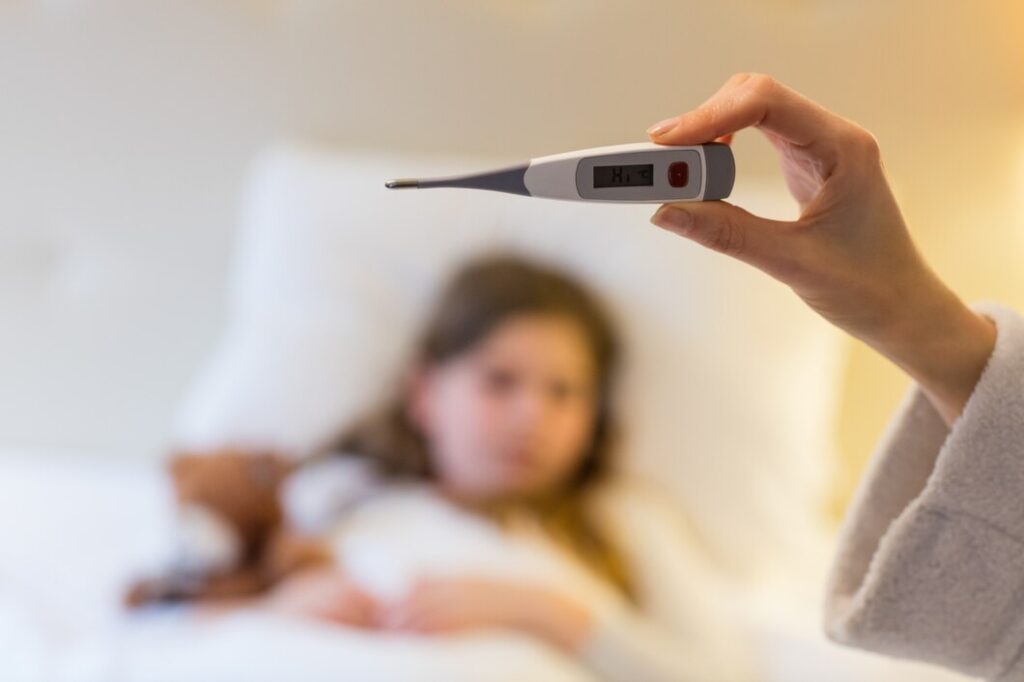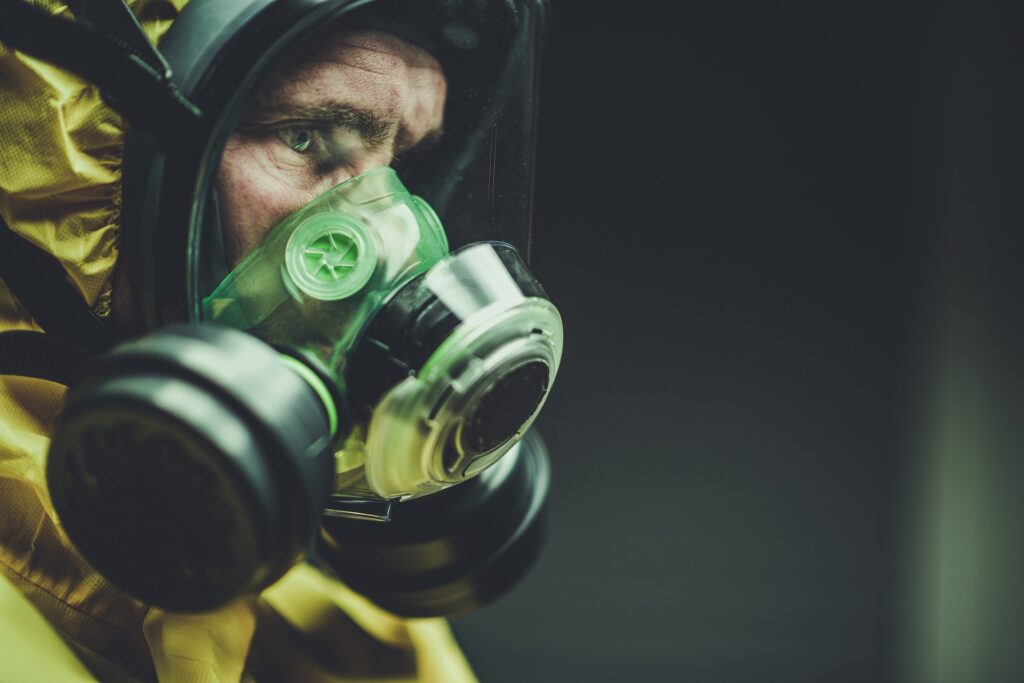Hot tub folliculitis ;
Quick Facts:
- Caused by bacteria, like Pseudomonas aeruginosa, found in poorly maintained hot tubs.
- Results in red, itchy bumps on the skin, usually appearing within 48 hours of exposure.
- Risk factors include frequent hot tub use and compromised immunity.
- Treatment involves warm compresses, topical creams, or antibiotics.
- Prevention includes maintaining water quality and practicing good hygiene.
- Symptoms typically resolve within one to two weeks with treatment

Overview
Hot tub folliculitis, also known as Pseudomonas folliculitis or hot tub rash, is a common skin infection caused by bacteria found in warm, moist environments such as hot tubs, spas, and swimming pools. This condition typically affects hair follicles, leading to red, itchy bumps on the skin.
What is Hot Tub Folliculitis?
Hot tub folliculitis is a bacterial infection of the hair follicles, primarily caused by the bacterium Pseudomonas aeruginosa and less commonly, Aeromonas hydrophila. This bacterium thrives in warm water with poor sanitation, making hot tubs and spas common breeding grounds. When contaminated water comes into contact with the skin, it can lead to an inflammatory response, resulting in the characteristic rash.
Causes
The main cause of hot tub folliculitis is the presence of Pseudomonas aeruginosa bacteria in inadequately maintained hot tubs, spas, and swimming pools. Factors contributing to its development include:
- Poor Water Quality: Insufficient levels of chlorine or bromine in hot tubs can fail to kill harmful bacteria, allowing them to proliferate.
- Inadequate Maintenance: Improper cleaning and maintenance of hot tubs can lead to bacterial buildup, increasing the risk of infection.
- High Temperatures: Warm water temperatures in hot tubs provide an ideal environment for bacteria like Pseudomonas aeruginosa to thrive and cause infection.
Signs and Symptoms
Hot tub folliculitis typically manifests within 48 hours of exposure to contaminated water. Common signs and symptoms include:
- Red, Itchy Bumps: Small, red bumps resembling pimples or insect bites appear on the skin, particularly in areas covered by swimwear.
- Tenderness and Irritation: The affected skin may feel tender, swollen, and irritated, causing discomfort or pain.
- Rash Spreading: The rash may spread to other areas of the body, depending on the extent of exposure to contaminated water.
- Fever and Fatigue: In severe cases, individuals may experience fever, fatigue, and general malaise.
Risk Factors:
Several factors increase the risk of developing hot tub folliculitis, including:
- Frequent Hot Tub Use: Regular use of poorly maintained hot tubs or spas increases the likelihood of exposure to contaminated water.
- Compromised Immune System: Individuals with weakened immune systems, such as those with HIV/AIDS or undergoing chemotherapy, are more susceptible to infections.
- Skin Sensitivity: People with sensitive skin or pre-existing skin conditions may be more prone to developing folliculitis.
- Inadequate Hygiene Practices: Failure to shower before and after using hot tubs can contribute to bacterial contamination and subsequent infection.
Treatment of Hot tub folloculitis:
Treatment for hot Jacuzzi syndrome typically involves self-care measures and, in some cases, medical intervention. Here are the primary treatment options:
- Warm Compresses: Applying warm compresses to the affected area can help soothe discomfort and reduce inflammation.
- Topical Treatments: Over-the-counter hydrocortisone creams or antihistamines can alleviate itching and inflammation.
- Antibiotics: In severe cases or when the infection persists, healthcare providers may prescribe oral or topical antibiotics to eliminate the bacterial infection.
- Preventive Measures: To prevent recurrence, it’s essential to practice proper hygiene, avoid using poorly maintained hot tubs, and ensure adequate chlorination or bromination of water.
Prevention:
Prevention of Hot tub rash, involves adopting proactive measures to minimize the risk of bacterial contamination and subsequent infection. Let’s see how we can prevent this:
1. Maintain Proper Water Quality
- Regular Testing: Test the hot tub water regularly using test strips to ensure appropriate levels of chlorine or bromine. Maintain pH levels within the recommended range to optimize disinfection.
- Shock Treatments: Perform shock treatments periodically to eliminate contaminants and maintain water clarity. Follow manufacturer guidelines for the appropriate frequency and dosage of shock treatments.
2. Clean and Maintain Hot Tub Equipment
- Regular Cleaning: Clean the hot tub shell, filters, and cover regularly using mild, non-abrasive cleaners. Remove debris, dirt, and oils to prevent bacterial buildup.
- Inspect and Replace Filters: Inspect hot tub filters regularly and replace them as needed to ensure optimal filtration efficiency. Clogged or damaged filters can compromise water quality and promote bacterial growth.
3. Practice Proper Hygiene
- Shower Before and After Soaking: Encourage all hot tub users to shower thoroughly with soap and water before entering the hot tub to remove oils, sweat, and dirt. Showering after soaking helps rinse off any residual contaminants.
- Avoid Swallowing Water: Discourage individuals from submerging their heads or swallowing hot tub water, as this can introduce bacteria into the body and increase the risk of infection.
4. Limit Hot Tub Use in Certain Situations
- Open Wounds or Skin Irritations: Individuals with open wounds, cuts, or skin irritations should refrain from using hot tubs to prevent bacterial entry and potential infection.
- Immunocompromised Individuals: People with weakened immune systems, such as those undergoing chemotherapy or living with HIV/AIDS, should consult their doctors before using hot tubs and may need to avoid them altogether to reduce infection risk.
5. Educate Hot Tub Users
- Informational Signage: Display clear and concise signage near the hot tub area outlining proper hygiene practices, water quality guidelines, and steps to prevent hot tub folliculitis.
- User Guidelines: Provide written guidelines or instructions to hot tub users, emphasizing the importance of showering before entering the hot tub and avoiding behaviors that can compromise water quality.
6. Monitor and Maintain Temperature
- Optimal Temperature: Maintain hot tub water temperature within the recommended range specified by the manufacturer. High temperatures can promote bacterial growth, while water that is too cold may be uncomfortable for soaking.
Summary:
Hot tub folliculitis is a common skin infection caused by bacterial contamination in warm water environments. With proper hygiene and ensuring the maintenance of hot tubs and spas, individuals can minimize the risk of developing this uncomfortable condition and enjoy a safer, more enjoyable aquatic experience.
Frequently Asked Questions (FAQs) About Hot Tub Folliculitis :
1. How do you get rid of hot tub folliculitis?
To get rid of hot tub folliculitis, treatment options include warm compresses, topical treatments like hydrocortisone creams, and in severe cases, oral or topical antibiotics prescribed by a healthcare provider.
2. How contagious is hot tub folliculitis?
Hot tub folliculitis is contagious if the bacteria responsible for the infection, such as Pseudomonas aeruginosa, are present in the water. Direct contact with contaminated water can lead to infection.
3. Which antibiotic for hot tub folliculitis?
The choice of antibiotic for hot tub folliculitis depends on the severity of the infection and the specific bacteria involved. Commonly prescribed antibiotics include ciprofloxacin, levofloxacin, or oral or topical antibiotics such as mupirocin.
4. Is hot tub rash fungal?
Hot tub rash, or hot tub folliculitis, is not caused by a fungus but rather by bacteria, particularly Pseudomonas aeruginosa. It affects hair follicles and manifests as red, itchy bumps on the skin.
5. What is the fastest way to cure folliculitis?
The fastest way to cure folliculitis depends on the severity of the condition. Mild cases may resolve with warm compresses and over-the-counter treatments, while more severe cases may require prescription antibiotics.
6. Does hot tub folliculitis ever go away?
Hot tub folliculitis typically resolves on its own within one to two weeks with proper treatment. However, severe or recurrent cases may require medical intervention.
7. How can I fix folliculitis at home?
At-home remedies for folliculitis include applying warm compresses, using over-the-counter hydrocortisone creams, practicing proper hygiene, and avoiding tight clothing that may irritate the affected area.
8. What stops folliculitis?
Folliculitis can be prevented by practicing good hygiene, avoiding sharing personal items like razors or towels, wearing loose-fitting clothing, and maintaining proper water quality in hot tubs and pools.
9. Is hot tub folliculitis painful?
Hot tub folliculitis can cause discomfort, tenderness, and itching, but it may not always be painful. The severity of symptoms can vary depending on the individual and the extent of the infection.
10. How long does folliculitis last?
Mild cases of folliculitis may resolve within a few days to weeks with proper treatment, while more severe or recurrent cases may take longer to heal.
11. How to avoid hot tub folliculitis?
To avoid hot tub folliculitis, practice proper hygiene, shower before and after using hot tubs, avoid submerging your head or swallowing water, and ensure hot tub water is adequately chlorinated or brominated.
12. Are baths good for folliculitis?
Warm baths with added ingredients like colloidal oatmeal or tea tree oil may help soothe symptoms of folliculitis and promote healing. However, it’s essential to ensure that the bathwater is clean to prevent further infection.
13. What is the first-line treatment for hot tub folliculitis?
The first-line treatment for hot tub folliculitis often involves self-care measures such as warm compresses and over-the-counter hydrocortisone creams. If symptoms persist or worsen, prescription antibiotics may be necessary.
14. Is hot tub folliculitis common?
Spa folliculitis or Jacuzzi is relatively common, especially in individuals who frequently use inadequately maintained hot tubs or spas. Proper hygiene and water maintenance can help reduce the risk of infection.
15. Why did I suddenly develop folliculitis?
Folliculitis can develop suddenly due to various factors, including bacterial or fungal infections, friction from clothing, shaving, or other skin irritants. Certain medical conditions or compromised immune systems may also increase susceptibility to folliculitis.
16. Can I shave with hot tub folliculitis?
It is generally recommended to avoid shaving over areas affected by Jacuzzi or spa folliculitis, as shaving can irritate the skin and worsen the condition. Wait until the infection has healed before resuming shaving in the affected area.
17. Can hot water treat folliculitis?
Hot water can help alleviate symptoms of folliculitis by promoting blood circulation and reducing inflammation. However, it’s essential to avoid hot water that may exacerbate irritation and to practice proper hygiene to prevent further infection.
Read More:

